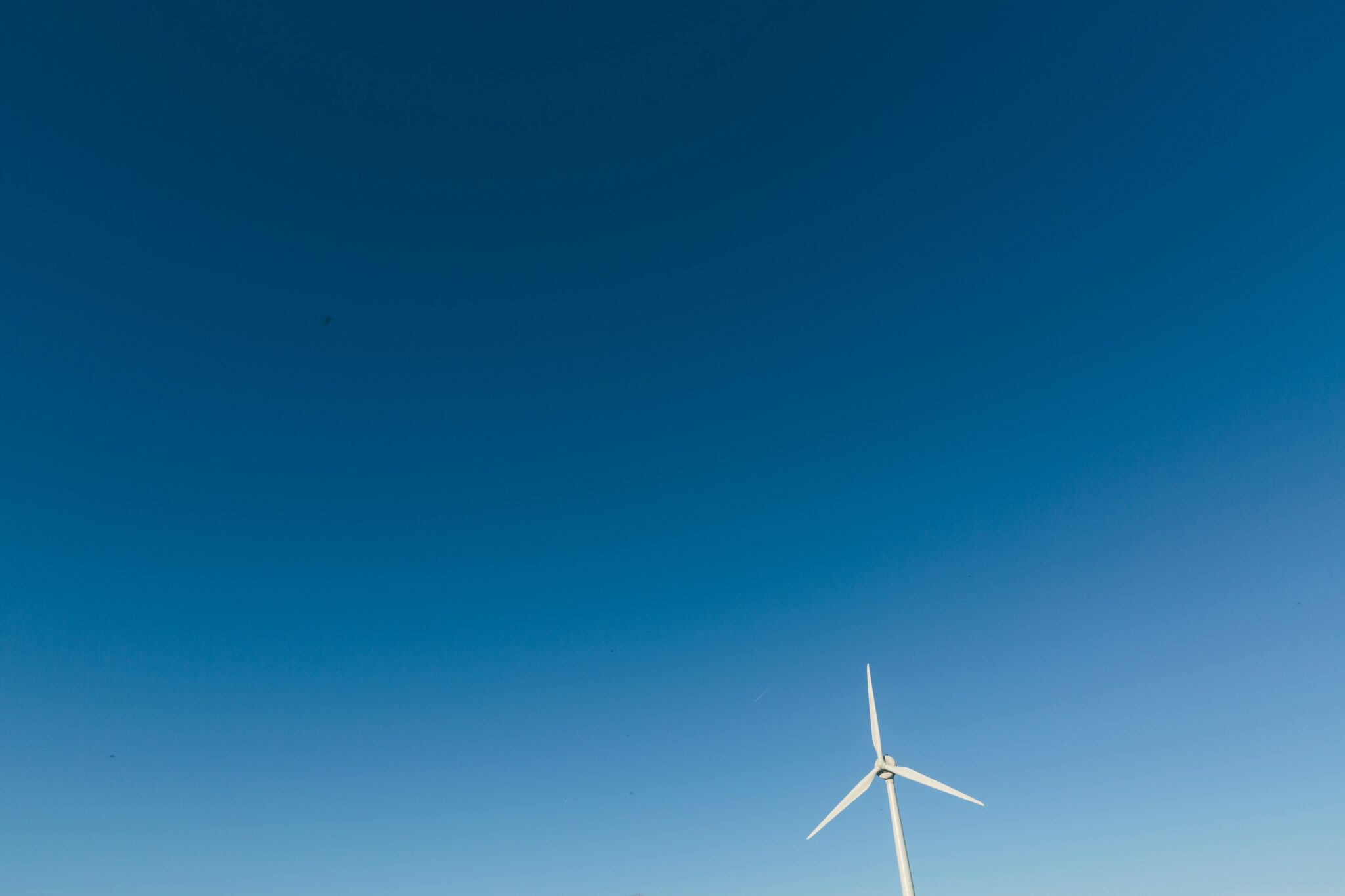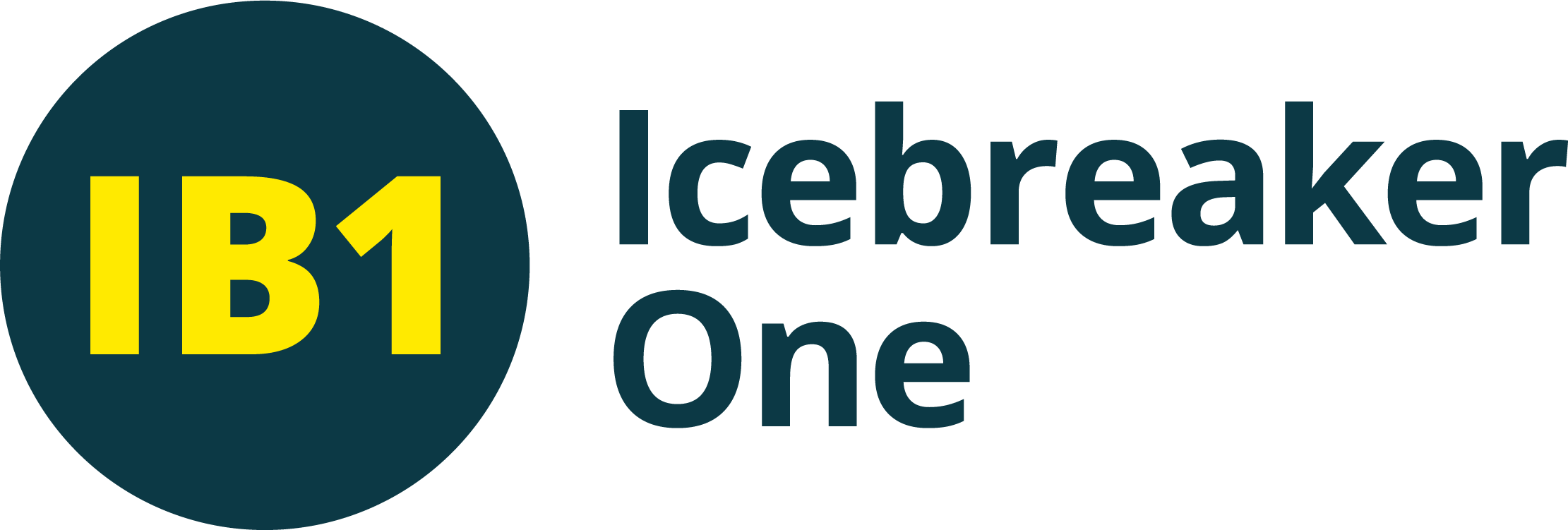The energy sector* is the world’s largest source of CO₂ emissions. In 2024 alone, it was responsible for emitting around 38 gigatonnes of CO₂, according to the International Energy Agency. That’s nearly double the emissions of the industrial sector, and three times that of transport. It’s clear, if we are to have any hope of realising our net zero targets, the energy sector must be decarbonised.
Data is the missing piece to this decarbonisation puzzle. Often, when people think of decarbonisation, they picture wind farms, solar panels and electric vehicles. But the fact is, none of these can reach their full potential without data or more specifically; trusted and accessible data.

“Data is essential to net zero. It underpins almost all of the actions we need to take to get there: measuring emissions, putting in place low-carbon technology, and getting capital into the right places to finance the transition”. Gavin Starks, CEO, IB1.
But why is data so important? And what role can it play in getting us to net zero?
Across the energy system, valuable data is locked away in silos. It’s collected by organisations but often not shared, hard to find, or it’s in formats that can’t easily be used by others. This means that people and companies working to decarbonise – whether that’s by building new infrastructure, rolling out Electric Vehicle (EV) chargers, or managing grid connections – often don’t have the information they need to make smarter, faster net zero investment decisions.
And this isn’t an issue isolated to the energy sector. We see it in finance, transport, the built world, water and beyond. Data is the backbone of decarbonisation across these sectors and trusted data sharing is the key to unlock their potential. Without it, we’re guessing. With it, we can build the connected, intelligent systems required to reach net zero.
This isn’t a hypothetical issue either, it’s something we’re already solving at Icebreaker One.
Our Open Energy programme is creating a connected web of energy data and has already demonstrated how better access to data leads to tangible, net zero aligned outcomes. The approach with Open Energy, and all of our programmes, is use-case focused. This simplifies the process, and allows us to do ‘one thing well’.
For example, in our work with Scottish and Southern Electricity Networks (SSEN), our use-case was centred around matching EV charger roll-out with increasing EV demand. We demonstrated how improved access to data could help the Distribution Network Operator (DNO) align grid capacity with demand from newly installed EV charge points. Better access to charge points means consumers will be more comfortable in making the switch to an EV, helping to reduce the carbon emissions stemming from petrol and diesel cars.
But this is just one example. Trusted data sharing can also provide a clearer picture on real-time demand and supply of energy, it can enable smarter infrastructure like smart meters to help better understand business emissions and it can prolong the life of energy assets such as pylons by making better use of granular weather data. For more examples, check out the bottom of our Open Energy UK page.

“It (Open Energy) makes it easy to search, access and securely share energy data and will unlock access to data held by thousands of organisations and institutions to enable an open marketplace which will pave the way to our net zero future” OpenUK Open Technology for Sustainability Day, COP26: Keynote: Lord Maude of Horsham.
Great! So let’s make that happen – seems easy, right?
The issue is that too often, access to energy data vital to the transition is blocked by lack of trust, difficulty agreeing access, and inconsistent data standards. Our approach helps to tackle this by driving the design, implementation and adoption of open standards to create assurable data flows between organisations.
Now we’re getting a bit technical. What do we mean by ‘assurable data flows’?
As a helpful analogy, think of assurance like taking a flight. You want to know that the airline has a licence to operate, that their planes are maintained and their staff well-trained. Assurance works the same way for data: it gives people inside a company confidence in how they share the data (like staff training and pre-flight checks), and it gives others confidence that the data is trustworthy and handled properly (like knowing the plane is safe to board).
Open Energy brings together stakeholders to define assurance levels for both Open Data (freely accessible to anyone) and Shared Data (available to approved users under agreed rules). All of which helps build trust across the entire ecosystem.
Still with me? Let’s look at how it’s done
At Icebreaker One, we work together with domain experts from across the ecosystem – including large and small companies, regulated and unregulated actors, and the public sector. We bring together these experts into Advisory Groups and Sector Steering groups to co-create the rules on data sharing. We call this process ‘Icebreaking’, and it makes up one of the three different ways you can get involved in our work.
Want to help build a connected web of energy data that gets us to our net zero future?
Join as a member and you’ll shape this future by tackling shared industry challenges, gaining market visibility, and contributing to Open Energy and its Trust Framework – all while demonstrating your commitment to net zero and joining a community of experts with the same goal.
*The energy sector comprises energy production, energy conversion and generation, transmission and distribution , energy retail and supply, energy services and management, policy, regulation, and markets.
